
Array is a data type that basically exists in all languages. It represents a set of data of the same type, has a fixed length, and occupies a continuous space in memory. In languages such as C and C++, the definition of arrays is concise and clear, but in Java there are indeed some confusing features. This article attempts to analyze these characteristics. Are arrays in Java objects? Both Java and C++ are object-oriented languages. When using these languages, we can directly use standard class libraries, or we can use object-oriented features such as composition and inheritance to build our own classes, and create objects based on the classes we build. So, should we consider this question: In object-oriented languages, are arrays objects? To determine whether an array is an object, first clarify what an object is, that is, the definition of an object. At a high level, an object is an instance created from a class and represents a specific individual in a class of things. Objects have various properties and have some specific behaviors. At a lower level, from the perspective of a computer, an object is a memory block in the memory. This memory block encapsulates some data, which is the various attributes defined in the class. Therefore, for
1. The little-known special features of Java arrays
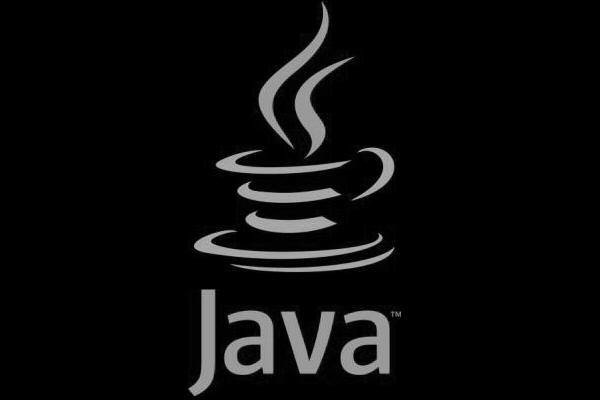
Introduction: Array is a data type that is found in basically all languages. It represents a collection of the same type of data, has a fixed length, and occupies a continuous space in memory. In languages such as C and C++, the definition of arrays is concise and clear, but in Java there are indeed some confusing features. This article attempts to analyze these characteristics
2. Detailed explanation of the advantages and disadvantages of arrays in Java
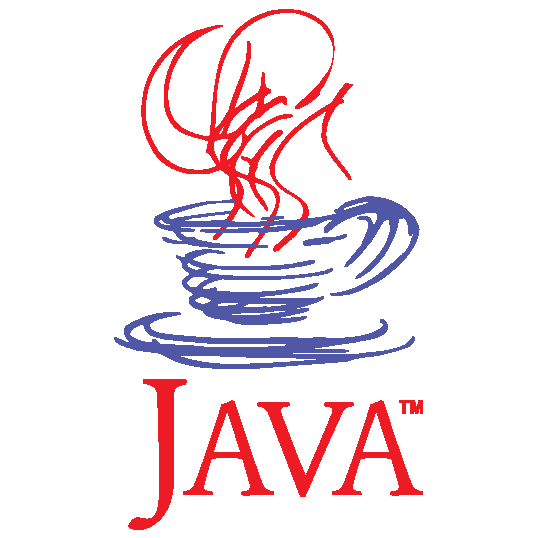
##Introduction: This article will give you a brief introduction to the advantages and disadvantages of java arrays. Friends who need it can refer to it
3. Detailed introduction to the algorithm from Java array to HashMap

4.
Introduction to bubble sorting of java arrays
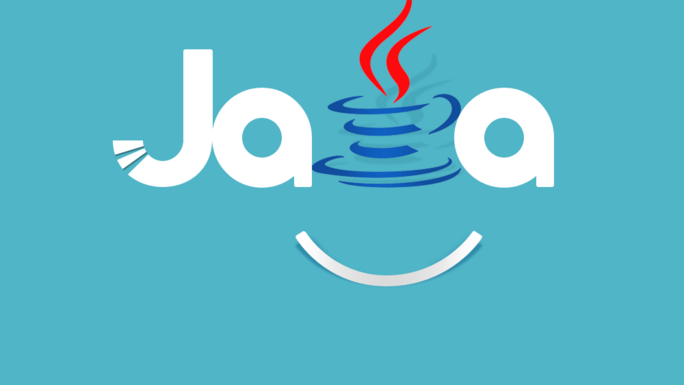
5.
Detailed code examples for removing duplicate method sets from Java arrays

6.
Java example - adding elements to the array
Introduction: The following example demonstrates how to use the sort() method to sort a Java array, and how to use the insertElement () method to insert elements into the array. Here we define the printArray() method to print the array: 7. Java Example - Array sorting and element search ##Introduction: The following example demonstrates how to use the sort() method to sort a Java array, and how to use the binarySearch() method to find elements in the array. Here we define the printArray() method to print the array: 8. Java Improvement Chapter (18)-----Array One: Understanding JAVA Arrays Introduction: Array? What is an array? In my mind, arrays should be like this: create and assemble them through the new keyword, access its elements by using integer index values, and its size is immutable! 9. Top 10 methods of java array operations Introduction: The following are carefully compiled top 10 methods of Java array operations. Most of the codes come from Stack Overflow. [Related Q&A recommendations]: Doubts about java array examplesAssignment-Java array initialization, what are the differences between these three methods? JS array seems to be different from JAVA? java generics - java array generic conversion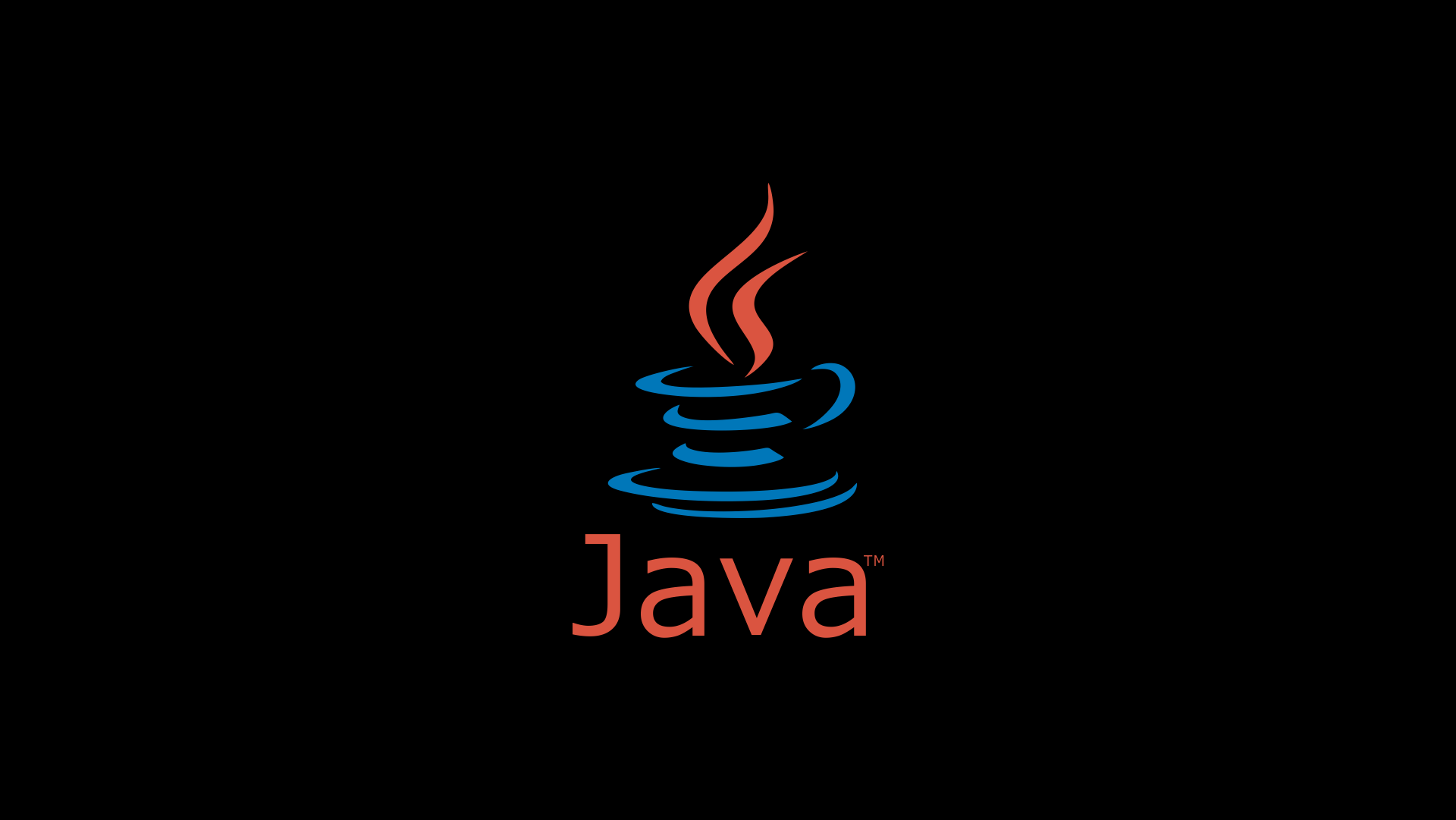
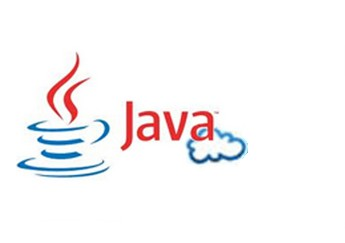

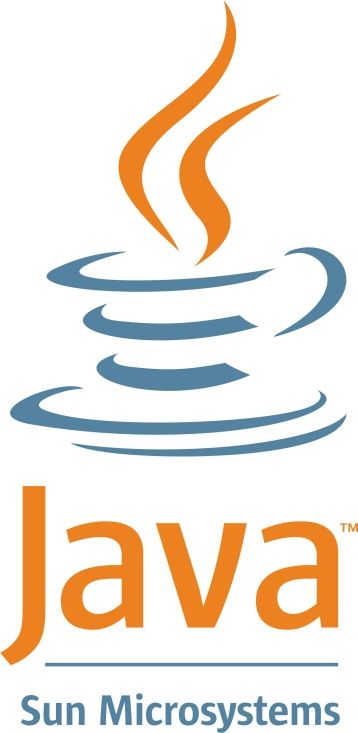
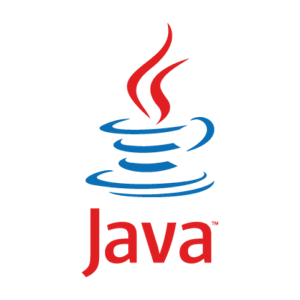
The above is the detailed content of Java array introductory tutorial: 10 recommended zero-based introductory tutorials on java array. For more information, please follow other related articles on the PHP Chinese website!




